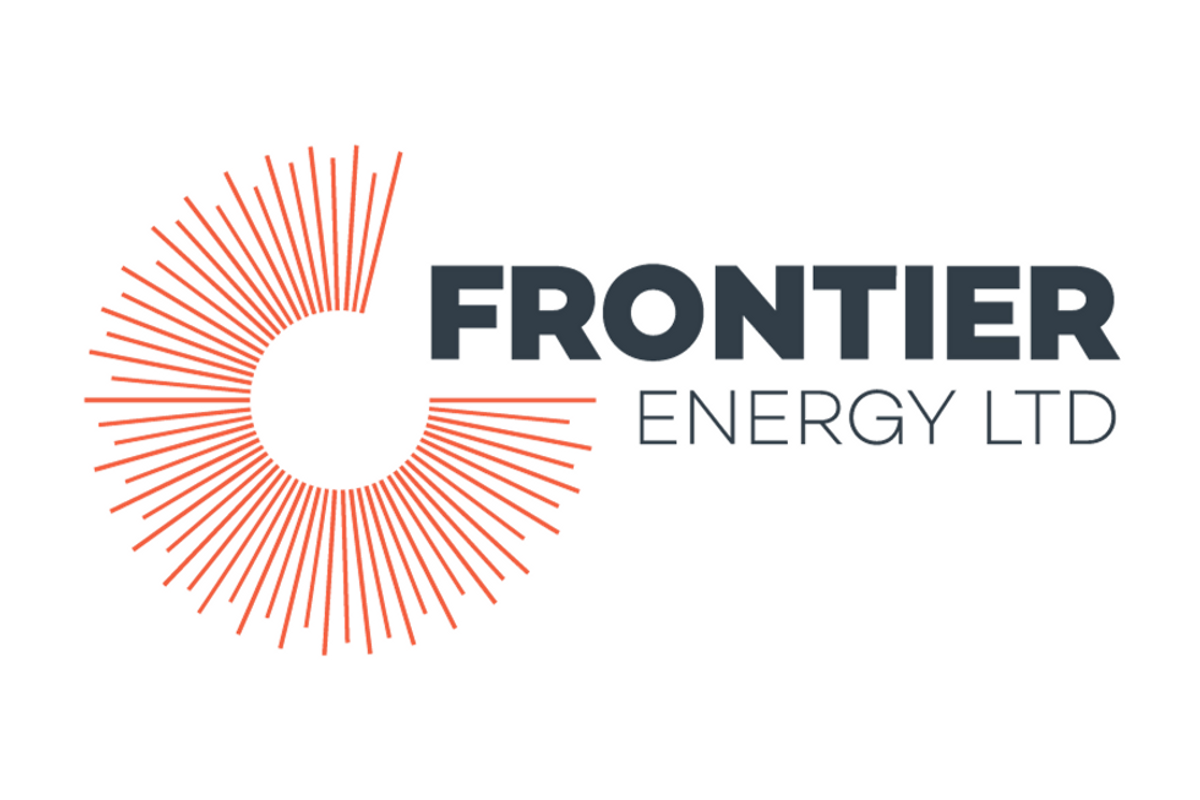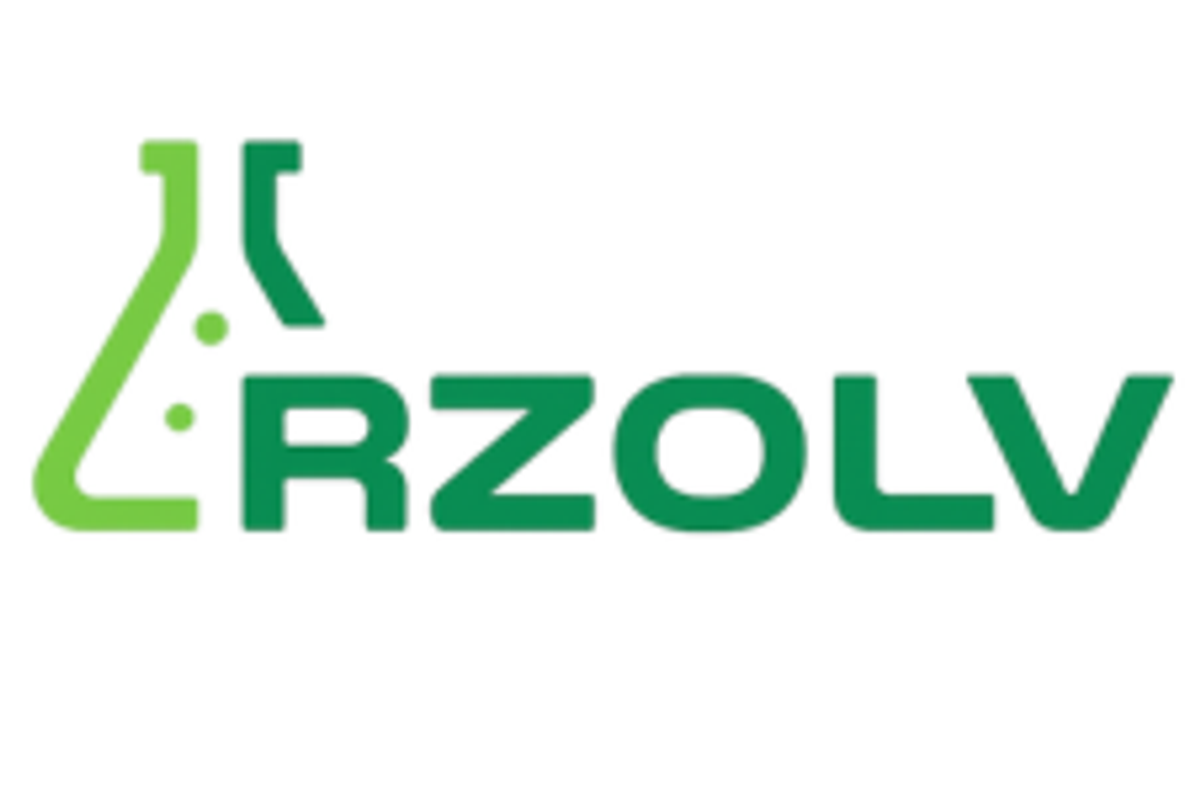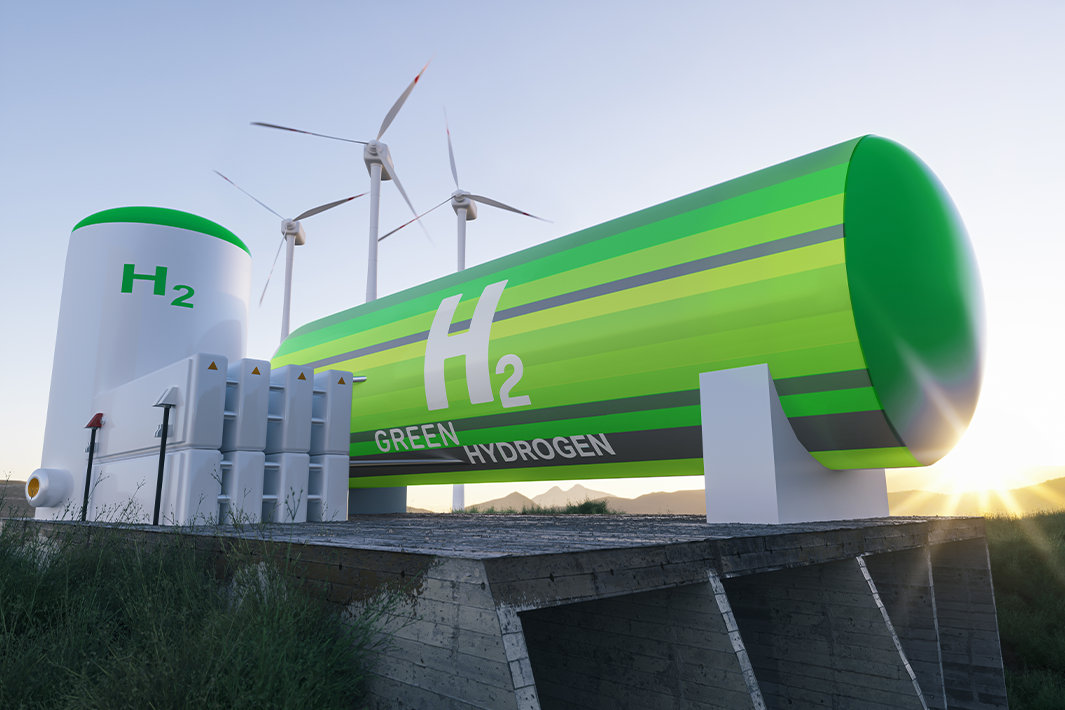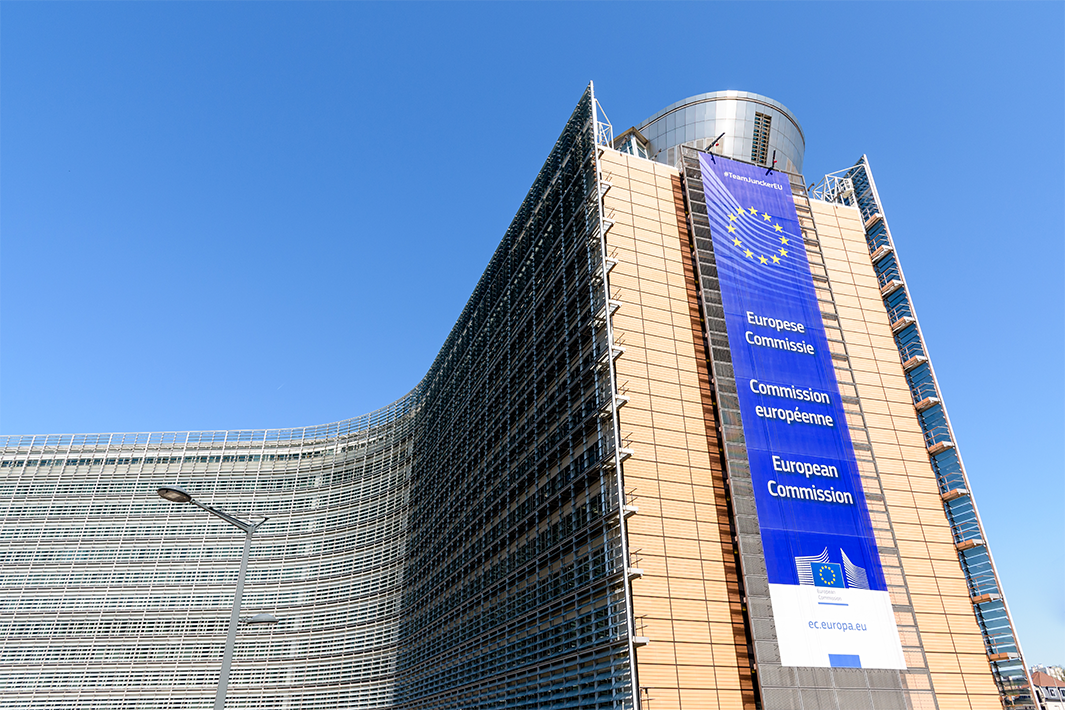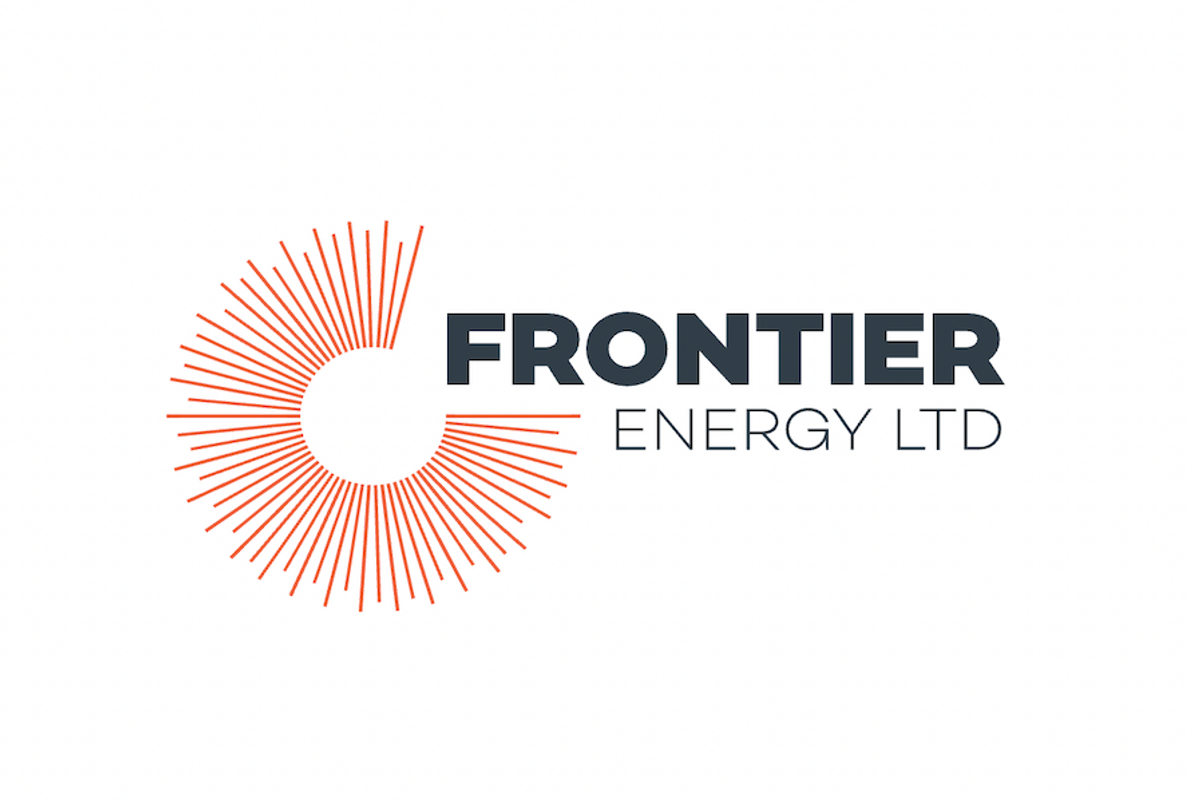
November 05, 2023
Frontier Energy Limited (ASX: FHE; OTCQB: FRHYF) (Frontier or the Company) is pleased to announce it has reached an in-principle agreement with the City of Perth for the development of WA’s first publicly available Green Hydrogen Refuelling Station (Refuelling Station).
HIGHLIGHTS
- Frontier Energy and City of Perth to develop WA’s first publicly available green hydrogen refuelling station in West Perth
- Proposed location of refuelling station is approximately 2km from Central Perth
- WA Government has identified domestically produced green hydrogen as a key to reducing WA’s reliance on diesel imports
- There is vast potential for reducing WA’s emissions by replacing diesel and petrol with green hydrogen in transport and bulk haulage
Frontier and the City of Perth have identified and selected a convenient and accessible location for this refuelling station on City of Perth-owned land at Thomas St, West Perth. This location is approximately 2km from Central Perth, near the Mitchell and Kwinana Freeway access points. Hydrogen powered vehicles have faster refuelling times and the ability to travel longer distances carrying larger loads before refuelling.
Development of this refuelling station is subject to final approvals, as well as a Final Investment Decision by Frontier.
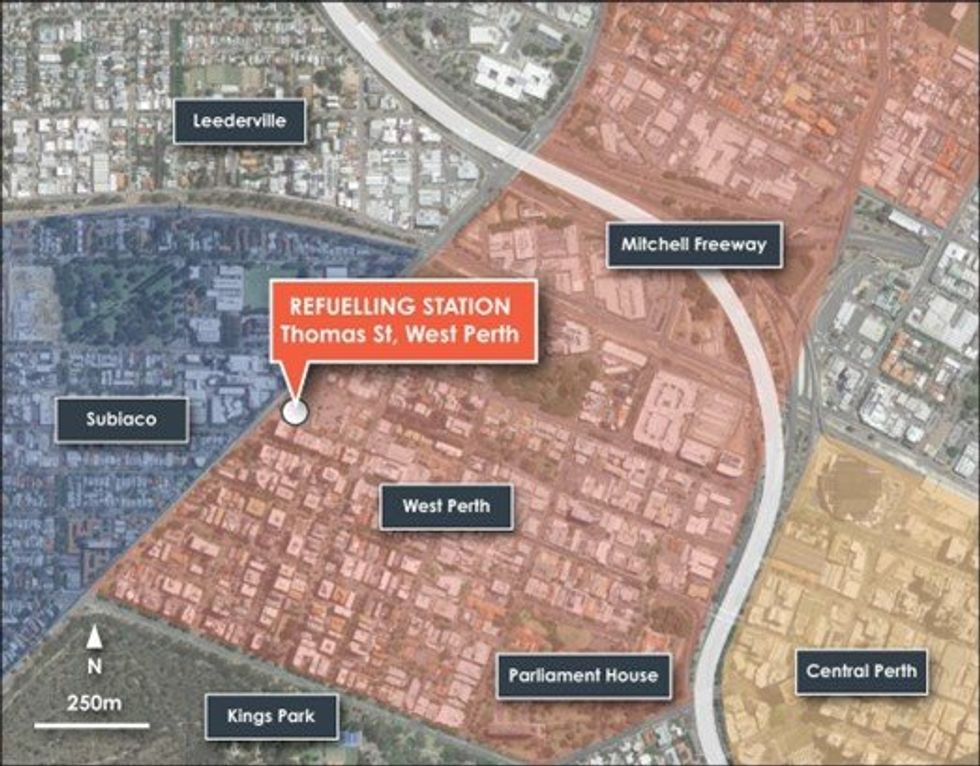
Perth City Lord Mayor Basil Zempilas commented: “Hydrogen-fuelled cars are predicted to grow in popularity over the coming years so having a city-based refuelling station forms an important part of our sustainability plan.
“Frontier Energy is working to become one of the first companies in Australia to produce green hydrogen commercially and will be an important partner for the City as we strive to create a healthy city where environmental, social and economic systems are in balance.”
Frontier Managing Director, Sam Lee Mohan, commented: “The displacement of diesel by hydrogen, most notably in the long haulage industry, is likely to be a major market for hydrogen in the future. Critical to the development of this industry is not only the development of the green hydrogen product, but also the development of critical associated infrastructure such as refuelling stations.
“This initiative aligns with Frontier’s long-term ambition to become a vertically integrated producer across the renewable energy sector, including green hydrogen. The Company would like to thank the City of Perth for its work in arriving at this point and we look forward to developing this exciting project together.”
Using green hydrogen to replace diesel and petrol
Hydrogen can be used as fuel to power Fuel Cell Electric Vehicles (FCEV) including cars, buses, trucks, and trains. Refuelling hydrogen cars, buses and trucks requires a network of refuelling stations, similar to the existing petrol station network.
Benefits:
FCEVs are more efficient than conventional internal combustion engine vehicles and produce no harmful tailpipe emissions. The advantages of hydrogen powered vehicles compared to battery electric vehicles include faster refuelling times and the ability to travel longer distances carrying larger loads before refuelling.
This is perhaps most apparent in long-haul road transportation, which is hugely important to WA’s economy, where the combination of battery weight, extended recharging times and limited range are impediments for purely electric solutions. On each of these factors, FCEVs offer an attractive alternative.
When energy contained in fuel and engine efficiencies are accounted for, hydrogen in a FCEV drive is approximately equivalent to 4 - 6 times diesel on a $/kg basis. This implies that a $8-12/kg hydrogen price is equivalent to a ~$2/kg diesel price (in line with current prices), as measured by equivalent output in a diesel car or a FCEV. Additional premium for zero emissions is likely to accrue to hydrogen used in transport.
Refuelling station technology and FCEV technology is maturing, with stations and fleets being rolled out globally.
WA Opportunity:
Currently, there are no publicly accessible refuelling stations in WA and only a very small FCEV fleet.
Click here for the full ASX Release
This article includes content from Frontier Energy, licensed for the purpose of publishing on Investing News Australia. This article does not constitute financial product advice. It is your responsibility to perform proper due diligence before acting upon any information provided here. Please refer to our full disclaimer here.
FHE:AU
The Conversation (0)
06 February 2024
Frontier Energy
Clean energy to help fill WA’s growing power supply gap
Clean energy to help fill WA’s growing power supply gap Keep Reading...
11 December
RZOLV Technologies Appoints Mary Ellen Thorburn to the Board of Directors; Announces the Retirement of Darryl Yea
Rzolv Technologies Inc. (TSXV: RZL) (the "Company" or "RZOLV") is pleased to announce the appointment of Ms. Mary Ellen Thorburn to the Company's Board of Directors, effective December 15, 2025."On behalf of the Board of Directors, I am pleased to welcome Mary Ellen to the RZOLV team," said... Keep Reading...
09 December
Investing Insight: Why CNG is the Next Scalable Step in Cleaner Heavy-duty Transport
As global decarbonization ambitions collide with real-world economics, compressed natural gas (CNG) is quietly reasserting itself as a pragmatic, low-emission solution for heavy-duty trucking. Amid rising diesel costs, tightening emissions rules and infrastructure and economic constraints that... Keep Reading...
08 December
Energizing the Future: How Green Hydrogen is Shaping Sustainable Investments
As the world continues to face the challenges of and find solutions to climate change, the hydrogen economy is emerging as a beacon of hope in the area of sustainable energy. This transformative shift is not just reshaping industries; it's opening up exciting avenues for investors keen on... Keep Reading...
08 December
Europe's Emerging Green Hydrogen Market Creates Investment Opportunities
Europe's green hydrogen market is experiencing an unprecedented surge, thanks to its accelerated transition towards a sustainable future. This evolving landscape presents a strategic opportunity for forward-thinking investors. The European Union's (EU) commitment to green hydrogen is a key... Keep Reading...
05 December
RZOLV Technologies Announces Investor Relations and Market Making Agreements
Rzolv Technologies Inc. (TSXV: RZL) (the "Company" or "RZOLV") announces it has entered into agreements with the following investor relations and market-making service providers.Investor Relations AgreementsOutside the Box Capital Inc. ("OTB"): Effective October 22, 2025, RZOLV engaged OTB to... Keep Reading...
02 December
RZOLV Technologies Inc. Announces Management Changes
Rzolv Technologies Inc. (TSXV: RZL) ("RZOLV" or the "Company") is pleased to announce the appointment of Mark Orsmond as Chief Financial Officer ("CFO"), effective December 1, 2025.Mr. Orsmond is a seasoned Business and Finance executive with more than 25 years of proven success in leading,... Keep Reading...
Latest News
Latest Press Releases
Related News
TOP STOCKS
American Battery4.030.24
Aion Therapeutic0.10-0.01
Cybin Corp2.140.00
